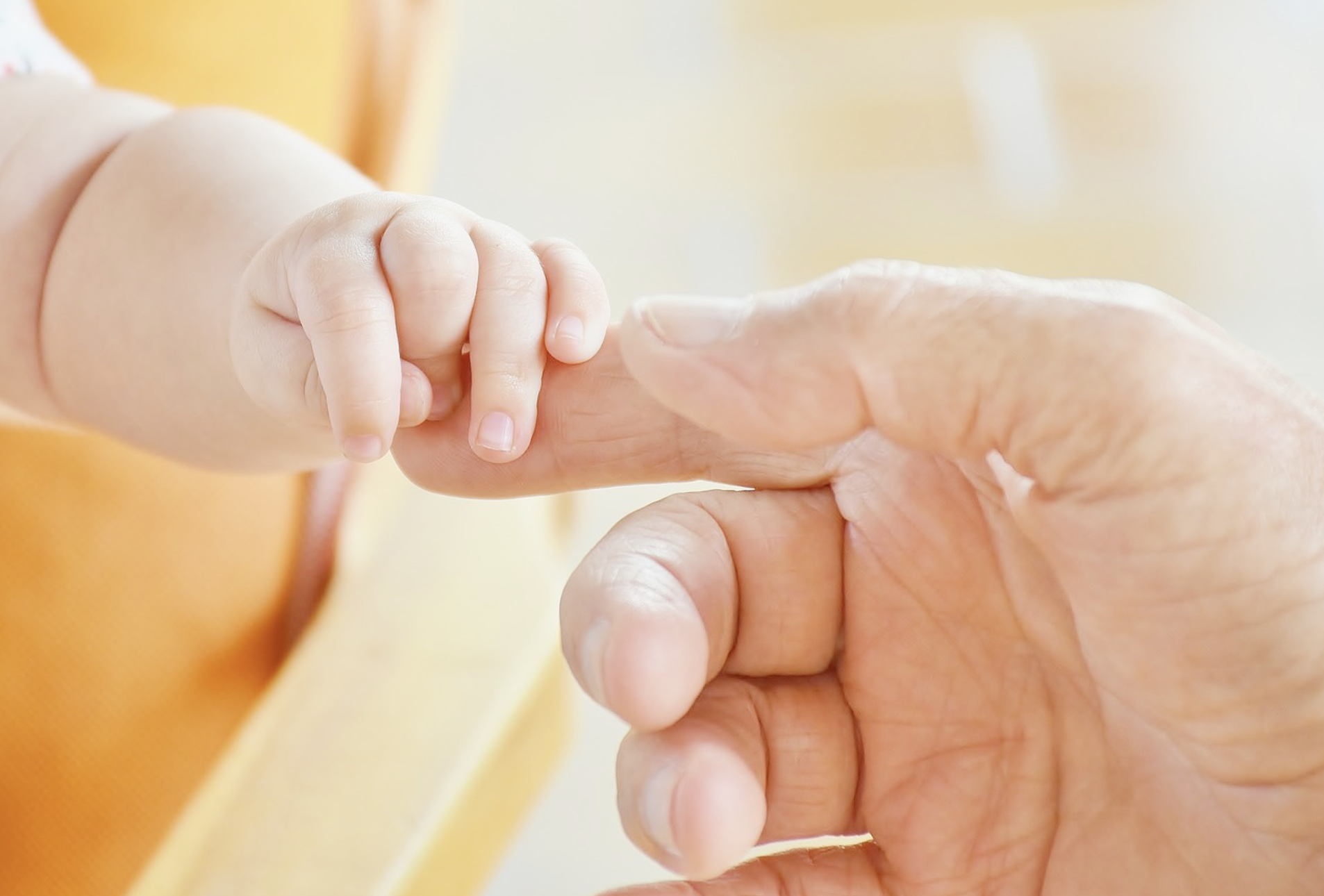How to Get Your Home and Life Ready for Parenthood While Living with a Disability
This is a featured guest post written by Ashley Taylor from disabledparents.org. Thank you to Ashley for sharing this with our readers and those who may benefit from this information.
Parents come in all shapes and sizes. They also come with a variety of skills and abilities, and some live with disabilities. Anyone with enough love in their heart is capable of being a tremendous parent, and you’ll be surprised by just how much love you feel when your child arrives. You just need to prepare your life and home ahead of time to make parenting more manageable.
1. Start Saving
One of the best ways to prepare your life for parenthood is increasing your savings. Becoming a parent will increase your stress level, but it does not need to increase your anxiety about finances with some careful preparation. According to Listen Money Matters, a new child costs an average of $11,000 the first year, not including childcare. By the time your child reaches 18, he will cost you approximately $250,000.
Diapers, baby food, baby gear, and clothing adds up quickly, and you need to make sure that you are prepared by starting to save as soon as possible. Similarly, you should increase your life insurance and start a college savings account for your child. Now is the time to make some life planning decisions and make sure you have saved as much as possible to secure everyone’ future.
2. Make Home Modifications
All parents make some modifications to their homes when a baby is due to arrive. Some remodel to make room for a nursery, some hire an electrician to add lighting in hallways and stairways, and some simply add baby gates. If you are living with a disability, you may have a few more home modifications to make to help with childcare skills.
For example, you should install grab bars in a few areas of your bathroom to assist in bathing your children and prevent falls. As a parent, you need to know that Nationwide Children’s Hospital reports that more than 43,000 children receive emergency treatment for injuries relating to the bathtub and shower each year.
To prevent injury, you should install grab bars inside the bathtub or shower and outside the tub or shower to assist in getting in and out. The goal is to create a handrail surrounding your tub or shower area. It’s also a good idea to install grab bars on the toilet wall to assist in lowering and raising yourself from the toilet seat or to hold on to while you help your child use the toilet.
3. Prevent Falls
It’s also important to prevent falls and eliminate tripping hazards in your home before you start carrying your bundle of joy, especially if you have mobility challenges. Begin by removing worn carpet that is peeling or bunching. If you have throw rugs or bathroom mats, make sure they are backed with non-slip materials. You also should check for loose floorboards and high transitions from one type of flooring to another and repair them.
Keep in mind that falls are among the leading cause of injuries at home, and anyone of any age or ability can fall. As your child gets older, he will be at greater risk of falling when he learns to walk. This means that you need to protect him by keeping electrical cords along the baseboard and removing clutter, especially on stairs and in walking paths. Teach your child to pick up his toys and designate areas for toys to make it easier for him to do so.
You also can prevent falls with some simple home modifications. Install night lights in your hallways and stairs. You don’t necessarily need to hire an electrician to do this; consider using battery-powered LED night lights that mount easily to your walls. You may opt for motion-activated lights to save battery power, too. If your stairs do not have carpet on them, hire a contractor to carpet them or install adhesive grips on their edges to make them less slippery.
You will never be completely prepared to become a parent, but you can take some steps to make the arrival of your new little one more manageable. Start by increasing your savings. Then, modify your home to assist in caring for your child and to prevent falls and accidents.
Image via Pixabay by RitaE
